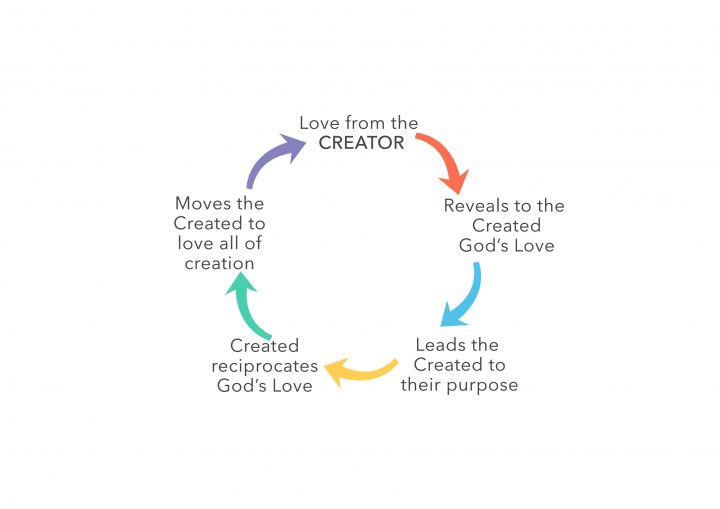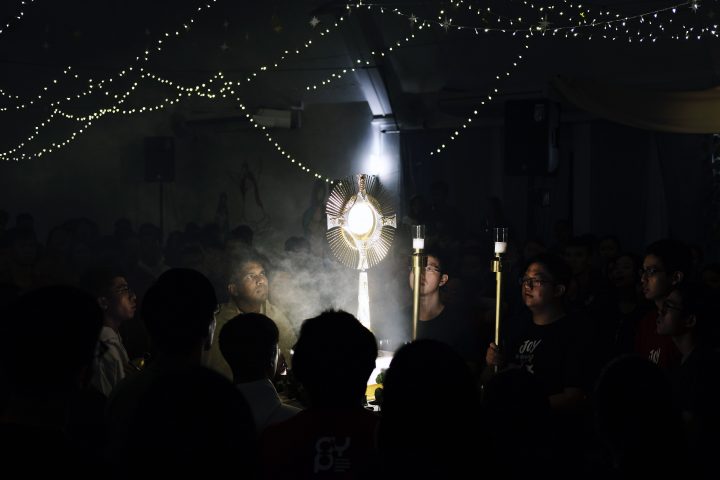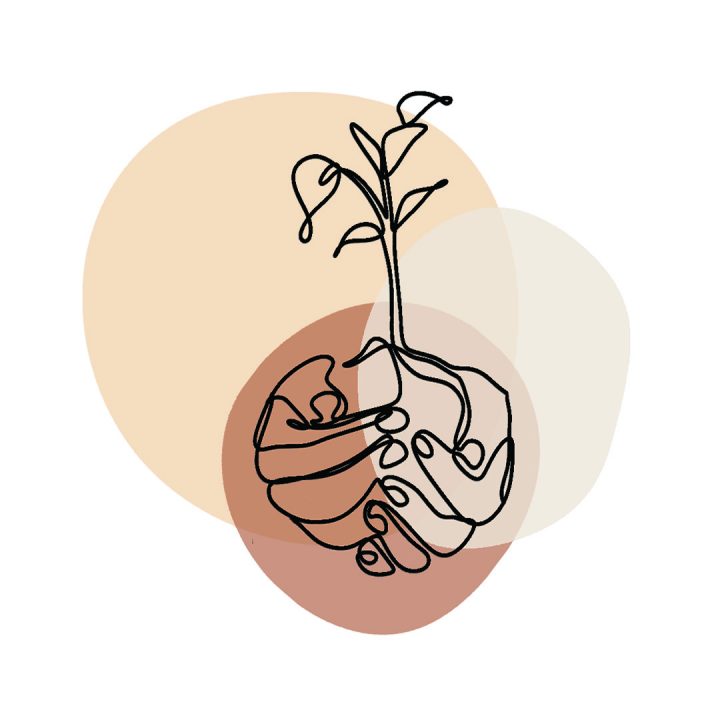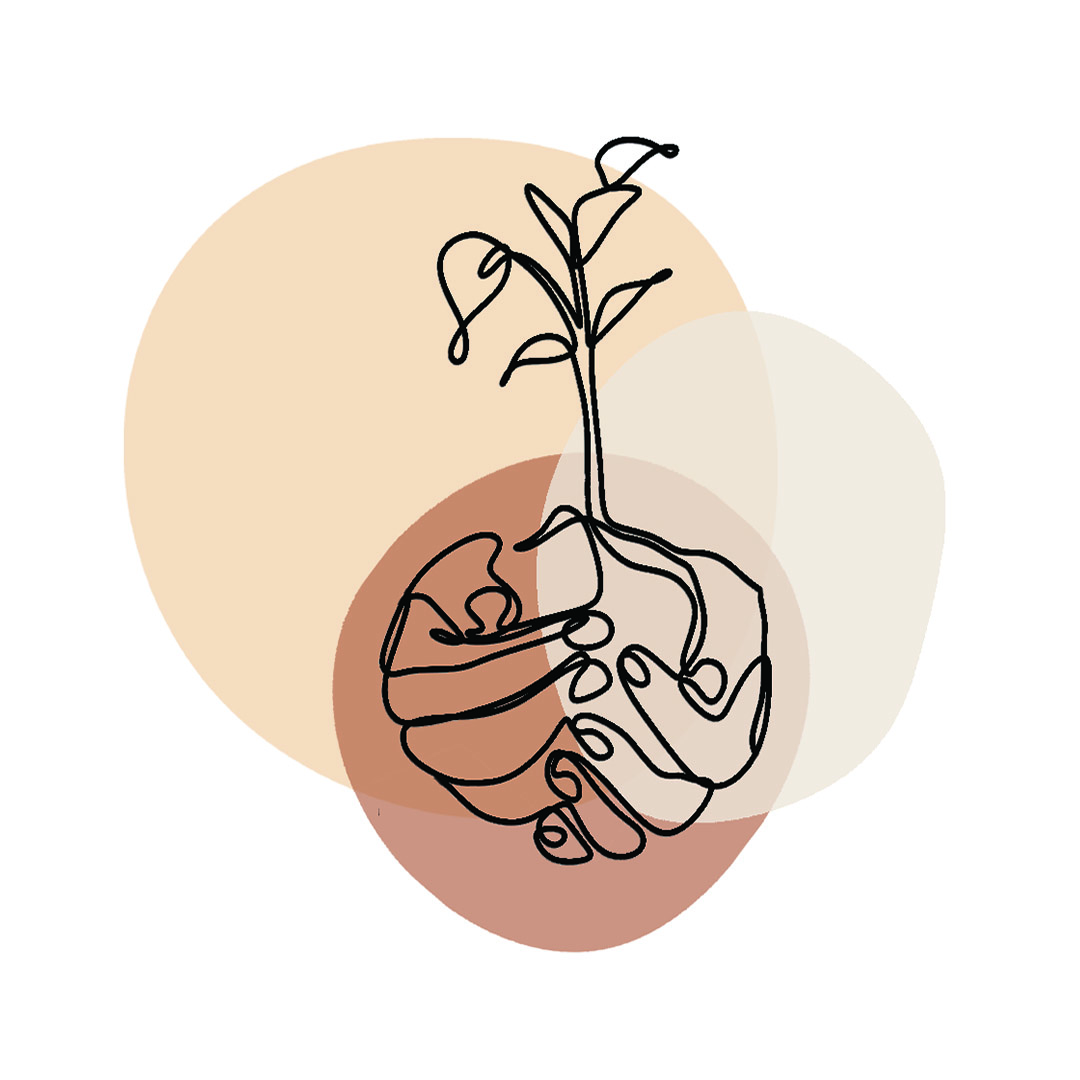by Joel Tan
“How is your walk with Jesus?” – that familiar nebulous question at the start of cell-group sharing. One, that presumes I am currently walking with Jesus. Two, it offers no length of time to which the person is referring. Three, it configures me to think that my relationship with Jesus is a walk. Following which, there is a hackneyed response from the one being asked:
“ Uh… Okay la. I felt like He was present in my work day today especially when I had this issue at work and I felt like He was with me when I was doing my exams…”
Our common response is to share how we have seen the Lord at work in our day. Yet, this question (as much as I dislike how often it is asked) invites us to go beyond; it focuses on our spiritual growth – and requires a far deeper look into three distinct phases – past, present and what the future holds for us. As we continue this series of growing in Ordinary Time – we move from looking at our spiritual milestones to that of charting out our spiritual growth.
What is Spiritual Growth?
The definition is unfortunately absent from our favourite golden source of Catholic truths – the CCC, so I will attempt to define it with divine inspiration and prayer. The term “growth” necessarily implies that it is a never-ending process with an aspirational perfection that we should have. Just as a sapling grows to a tree or a baby grows into an adult, there is no definite point in time where they stop growing (even growing older is growth) – unless we spell out concrete criteria – till they finally die. Just as we grow (or regress), in emotional and mental maturity, our spiritual maturity is forever on this path of growth (or regression).
Spiritual growth should not be reduced to how our relationship with God is. It involves a wider aspect of our relationship with others. In essence, the path of spiritual growth blossoms in this way:

The Relationship between Created and Creator

Crucially, our spiritual growth relies heavily on our relationship with our Creator – as everything else flows from it. And who better than St Teresa of Avila, the ultimate expert on prayer, who wrote about The 4 Waters of Prayer, which uses the analogy of the various ways of watering a garden.
The First Stage: Drawing Water from the Well
This requires great labour, having to draw deep, especially for someone who is used to a life of distraction and goes through life without much reflection. All of us probably know of people like these – try disabling their data or Wi-Fi for a day and watch as they search for ways to fill the void. At this stage, each prayer time might seem like it is unfruitful or like we are getting nowhere.
The Second stage: Drawing Water Using A Water Wheel
While it is still laborious, each turn of the wheel draws out more water with less labor. The soul becomes quieter and more collected. At this point, we experience “consolations” from the Lord and it becomes easier to enter into that prayer moment with Him. At this stage, some of us may also enter into a time of spiritual dryness/darkness (let’s call it stage 2.5) – some great saints like St Teresa of Calcutta, and St John of the Cross have experienced this – where the “consolations” are few or absent. At this point, it may be compared to that of a long-married couple, where high, romantic feelings may have dissipated and all that is left is knowledge of what we once had with Him. At times, this forms the critical juncture between forming a Saint and an unbeliever. Are we still willing to trust the Lord despite not being able to see or hear Him? Are we willing to persevere in love for Him despite our frustrations of not feeling loved?
The Third Stage:
If we get past the previous stage, the third stage is that of the Lord himself watering our garden. At this, the soul experiences more detachment even from feelings of being with Christ, and becomes quieter and more collected. Our mood no longer affects the relationship and at the core of our being – is Christ. There is confidence that the Lord is indeed working in our souls though we may not have intense feelings, or may be experiencing the worst suffering in the world.
The Fourth Stage: Rain in the Garden
St Teresa writes that this is where the soul experiences mystical encounters with the Lord and does not control its own senses. The soul comes into union with Christ in an unexplained manner, lost in contemplation and joy. This mystical encounter usually lasts for a few minutes and is fleeting.
Of course, the stages of relationship with Christ can change. It is not a linear process and does not necessarily mean that someone at the third stage cannot slide back to the first stage and so on. In being aware of where we are with Christ, it allows us to better identify the type of relationship we have with Him. In a committed romantic human relationship, the couple will have seen through the fireworks and the burning passion to a deep level of companionship that both can appreciate. As it is with God, start to think about which prayer stage we are in and what our relationship is analogous to.
The Relationship Between the Created and the Created

Our love for others flows only from the love of the Creator. If we have not experienced His love, we will not be able to love fully – we cannot give what we don’t have. In this instance, we see the movement of the heart from being self-centred to other-centred. As it is in scripture, Jesus’ ministry stems from Him having a deep relationship and dependence on the Father (John 5:19) and also having discovered His purpose (John 6:38). Our natural progression in our spiritual growth ideally shifts from me and my sweet Jesus to me, my sweet Jesus and everyone else. Even questions such as, “Who is God to me?”, shifts to, “Am I Christ to others?”. This presumes a depth and maturity in the spiritual life, being secure in Christ’s love for us and an internalised understanding – as St. Ignatius says, “Man is created to praise, reverence, and serve God our Lord, and by this means to save His soul.” (through others).
Part of knowing this aspect of spiritual growth is seeing the fruits of our relationship with others, which will even be evident to those around us. We start to think less of our own needs and turn our focus to others, through making sacrifices of our own time or resources to help them. We find ourselves genuinely involved and concerned for them. We may even hear others complimenting us for being a good listener and pastor. At this point, start to call to mind the Fruits of the Spirit that pours forth from our service – gentleness, peace, self-control. Start to be conscious of the effect that we have on others and ourselves.
Why Should We Keep Track of Our Spiritual Growth?
Just as athletes keep track of their past record, or investors track their returns, they have but one aim: to improve performance. So it is with tracking our spiritual growth too – to grow in deeper communion with Christ. In looking at where we have been, and looking at where we are now, we can see how our relationship with Christ and others has evolved and we look to growing ever closer to Him.
Looking back on our relationship with Christ, we may see flaws in our own love towards Christ. It could be telling that our relationship has been based on a foundation of transactional love. It could be telling that we have been chasing the “highs” or “consolations”. It could be telling in our past few records that we have reached stagnation in our relationship.
In our relationship with others, we may see how some friendships had shallow roots, how some relationships were life-taking, how some friends treated us as a means to an end.
In any case, all these signs provide a basis for self-discovery to which we tailor the appropriate and intentional response – which is perfecting our love for Christ and others.
A No-Frills Way to Track Our Spiritual Growth

I understand many of us (myself included) are not huge fans of journaling though we have many a time heard it waxed lyrical over. As such, I have come up with a no-frills guide to journaling; really simple worksheets that we can do as often as desired, to track growth – though I highly recommend doing it at least once every 2 months at a set time*.
Download the worksheets HERE
In the worksheets, we will see elements of tracking our relationship with God, identifying the fruits of our relationship, insights into our feelings, and a neat little exercise we call constellations – marking out where we are in relation to Christ. The worksheet takes less than 10 minutes to fill out, and I have even provided prompts and a feelings wheel to help us get started.
I hope that through these worksheets and the subsequent worksheets we do, we will notice movement and progress (no matter how small), in our spiritual journeys. Take heart dear friend as St. Paul, chief of sinners and one my favourite saints, says, “Not that I have already obtained this or am already perfect, but I press on to make it my own because Christ Jesus has made me his own.” (Philippians 3:12). So too, we are in this race, safe in knowing that we will all reach the finish line someday.
God Bless,
Joel
*Please note, the set times for doing the worksheets allow us to be detached from our mood and take a realistic look at our spiritual growth as opposed to doing it only when we have feelings of consolation.






